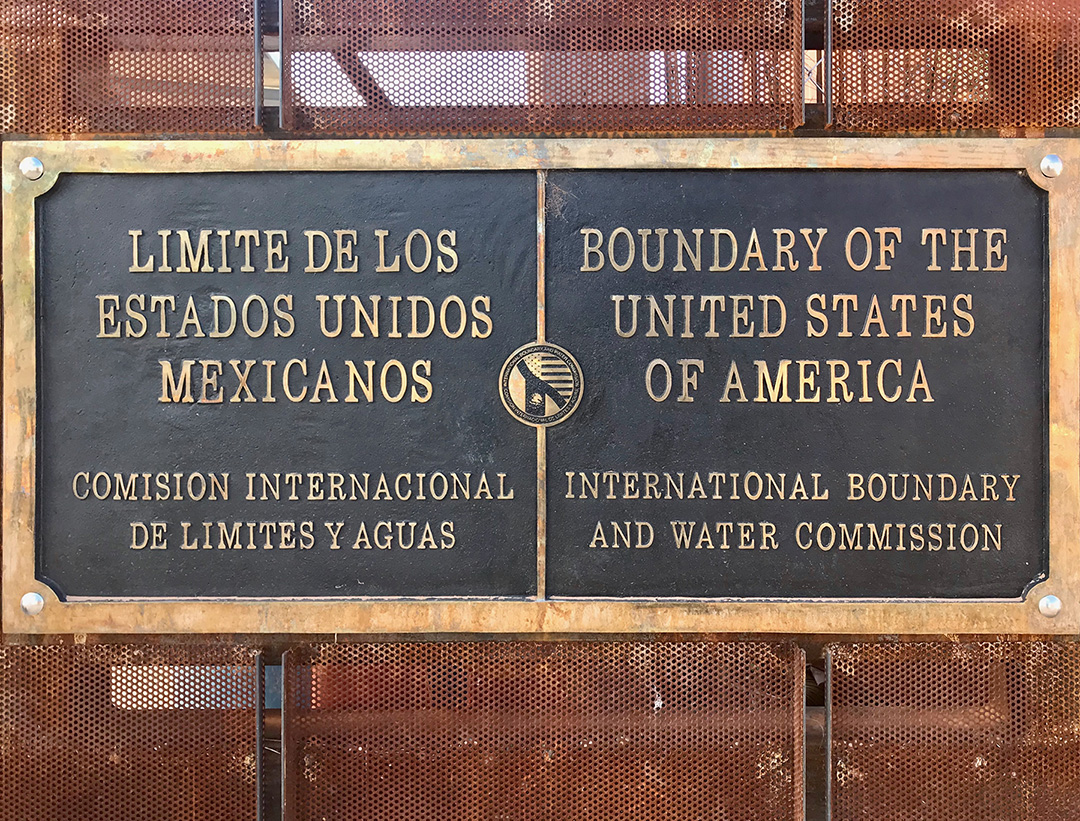I believe a great deal can be learned by investigating the edge cases of the world. Border towns – cities built on or divided by borders — are places where political and cultural geography is stretched to its limits. Borders are places where life is interesting, made possible because there is difference, individualism and also tension.
MacMillan dictionary defines a border as “The official line separating two countries or states; the area near such a line; frontier; the edge or boundary of something, or the part near it.”
What I take away from this definition is that a border is a man-made construction. The idea that an arbitrary line separates one country from another is truly a concept only man could create. We are all separated by borders — not just the political borders, but also social and cultural borders, which divide us by social class, age, ability, gender, religion, language, occupation, and so forth.
El Paso, Texas, where I grew up, like other states in the Southwestern United States—Arizona, California, and New Mexico —shares a border with Mexico. Many residents, in fact, move back and forth between the two countries and live on the frontiers of two cultures.
My journey, which began in the Spring of 2015, has taken me through 18 months of traveling to various border cities and towns. It has heightened my awareness of what lines and borders truly mean and has taught me that borders have life, they are human.


